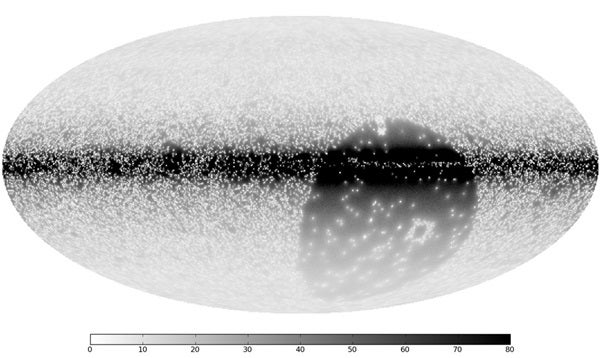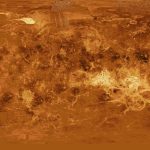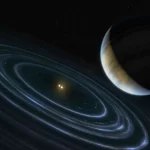Key Takeaways:
Approximately 2 billion years ago, a significant collision occurred between two massive galaxies within the Local Group, sparking a surge in star formation within the largest galaxy, Andromeda (M31).
Andromeda, the most prominent member of the Local Group, a cluster of galaxies including our own Milky Way, boasts a mass equivalent to around one trillion suns, exerting considerable gravitational force. Recent research highlights M32, an unusual satellite galaxy orbiting Andromeda, as bearing witness to the profound impact of Andromeda’s gravitational pull.
A study released in Nature Astronomy elucidates how roughly 2 billion years ago, Andromeda absorbed one of the largest galaxies within the Local Group, transforming it into the peculiar compact galaxy known as M32 that now orbits Andromeda. This collision significantly reduced the mass of M32’s precursor galaxy, referred to as M32p, from a substantial 25 billion solar masses to just a few billion solar masses.
Eric Bell, an astronomer from the University of Michigan and co-author of the study, expressed surprise at the revelation, stating, “Astronomers have extensively studied the Milky Way, Andromeda, and their companions for a considerable time. The discovery of a sizable sibling galaxy to the Milky Way, previously unknown, is startling.”
Formation of Andromeda has been a topic of debate, with conflicting studies suggesting either gradual mergers with smaller galaxies over time or a single significant merger event in its past.
The recent study utilized cosmological simulations to propose that Andromeda’s observed characteristics, such as its massive yet nearly imperceptible halo of stars, align well with the notion of a singular major merger with M32p, once the third-largest galaxy in the Local Group. This extinct galaxy, at least 20 times more massive than any galaxy previously merged with the Milky Way, likely remains in orbit around Andromeda as M32.
Bell describes M32 as an anomaly, remarking, “Despite its appearance as a compact, aged elliptical galaxy, M32 hosts numerous young stars, making it one of the most condensed galaxies known.”

Furthermore, the researchers assert that this predominant merger scenario accounts for Andromeda’s abundance of metal-rich, intermediate-age stars within its stellar halo, a phenomenon unlikely to occur through sporadic bursts of star formation resulting from multiple minor mergers. Moreover, a singular substantial collision explains the thickened disk of Andromeda and the notable surge in star formation approximately 2 billion years ago, during which roughly 20% of its stars were born.
Bell reflects on the implications, stating, “The Andromeda galaxy would have appeared markedly different 2 billion years ago due to a spectacular burst of star formation. Understanding the formation of Andromeda and its satellite galaxy M32 has long been regarded as crucial in unraveling the mysteries of galaxy formation.”
These findings not only illuminate the formation history of the largest galaxy within our local vicinity but also challenge conventional assumptions regarding post-collision galactic evolution. The survival of Andromeda’s spiral disk following the collision suggests that galactic disks may possess greater resilience to impacts than previously believed.
The researchers aim to extend their methodology to other galaxies, seeking to deepen our understanding of how various mergers drive galactic growth throughout the universe. Given the impending collision between Andromeda and the Milky Way in approximately 4 billion years, insights into mergers are increasingly invaluable.


